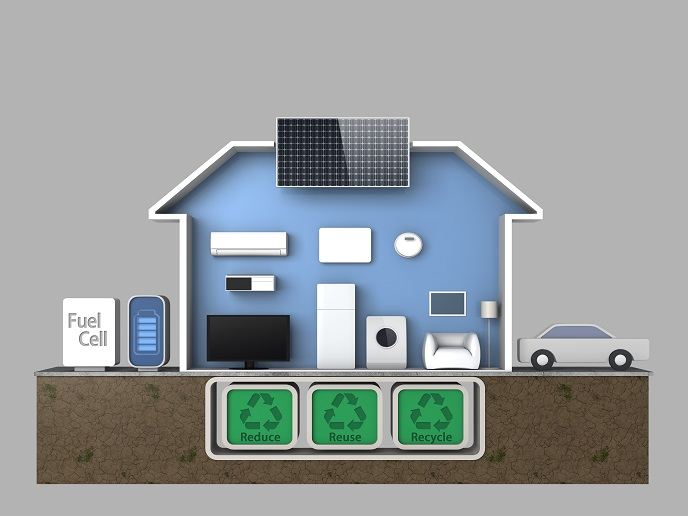Hybrid ablative/ceramic shield for re-entry
For missions like a sample return to Earth or the entry into the atmosphere of a gas giant planet like Jupiter, the thermal loads are far higher than those encountered during re-entry from low Earth orbit. Such missions are in general hard to realise and particularly dependent on the amount of weight of the space vehicle. Ablative materials designed to burn away in a controlled manner are a promising solution for atmospheric re-entry vehicles. Europe has, however, conducted minimal research into these materials since the 1980s. Today, development is seen as an important component of reducing dependence on other countries for critical space technology. Against this backdrop, EU-funded researchers launched the project HYDRA (Hybrid ablative development for re-entry in planetary atmospheric thermal protection). The aim was to develop an innovative TPS based on the combination of ablative and reusable materials with superior performance compared to traditional carbon phenolic materials. The new system integrates an ablative outer shield with higher heat resistance on top of low-mass, lightweight thermo-structural frames made from ceramic matrix composites (CMCs). This hybrid design promises improved thermal protection and corrosion resistance as well as enhanced shock absorption and damage tolerance. HYDRA researchers chose Earth re-entry missions as a starting point to develop the specifications for the hybrid TPS. A matrix of state-of-the-art ablative materials was constructed, complying with trade-off criteria selected among the most relevant specifications, with particular attention paid to International Traffic in Arms Regulations (ITAR) of the United States government. The team chose two different materials for the heat shield: the first a carbon graphite felt impregnated with a phenolic resin and the second an advanced cork-based composite. CMCs were also selected. Following a preliminary screening of all materials, selected materials were extensively tested to characterise their behaviour to thermal shocks, extreme oxidation conditions and vibrations. In addition, the researchers developed theoretical models to assist in the design of the heat shield for an Apollo-shaped atmospheric re-entry vehicle. This relied not only on the dual top layer but also on an insulator that thermally decouples the substructure from the hybrid TPS. This concept demonstrated a nearly 40 % mass gain compared to the standalone traditional ablator system. The hybrid system that was developed and matured during the HYDRA project will enable an important reduction in mass and a simultaneous increase in temperature limits. It is expected to meet the challenges of future space missions while relieving the European space industry of their dependence on foreign-sourced space technologies.







